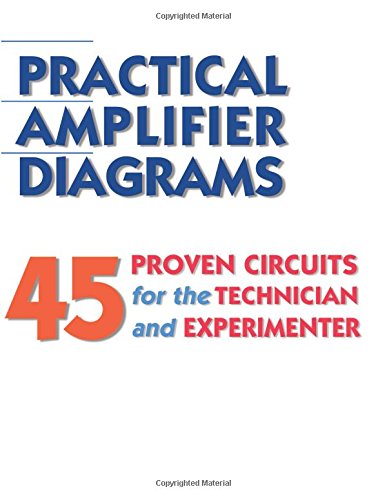OK. These values were not mentioned in the datasheet I had.
So that means that the current drawn by the base of the Darlington is about Iout/600+0.28mA.
For 50mA output, it amounts to 0.36mA. For 150mA output 0.53mA.
This is the value to use in the calculation.
R1=(Vunreg-Vreg)/Ib
I made a simulation of the circuit. I don't have a Spice model for the 2SD1049, but I hacked one from the datasheet.
It shows that the current that the R1 resistor must supply is dominated by the current drawn by the 2.5k base-to-emitter resistor, so the output voltage does not vary much with load. So one could say it's a regulator in addition to a capacitance multiplier. Load regulation is pretty good, 0.7V for Iout varying from 30 to 300mA.
Of course the value for achieving 320V at the output depends very much on the input voltage.
With 400V input and 320V output I see a 300k resistor.
With 350V input I see a 100k resistor.
Actually, the output voltage follows the input voltage with an almost constant difference.
With 100k, the difference is 30V, with 300k it's 80V.
When you think of it, it is not so surprizing, since the current drawn from R1 is almost constant.
So that means that the current drawn by the base of the Darlington is about Iout/600+0.28mA.
For 50mA output, it amounts to 0.36mA. For 150mA output 0.53mA.
This is the value to use in the calculation.
R1=(Vunreg-Vreg)/Ib
I made a simulation of the circuit. I don't have a Spice model for the 2SD1049, but I hacked one from the datasheet.
It shows that the current that the R1 resistor must supply is dominated by the current drawn by the 2.5k base-to-emitter resistor, so the output voltage does not vary much with load. So one could say it's a regulator in addition to a capacitance multiplier. Load regulation is pretty good, 0.7V for Iout varying from 30 to 300mA.
Of course the value for achieving 320V at the output depends very much on the input voltage.
With 400V input and 320V output I see a 300k resistor.
With 350V input I see a 100k resistor.
Actually, the output voltage follows the input voltage with an almost constant difference.
With 100k, the difference is 30V, with 300k it's 80V.
When you think of it, it is not so surprizing, since the current drawn from R1 is almost constant.
Last edited:


































